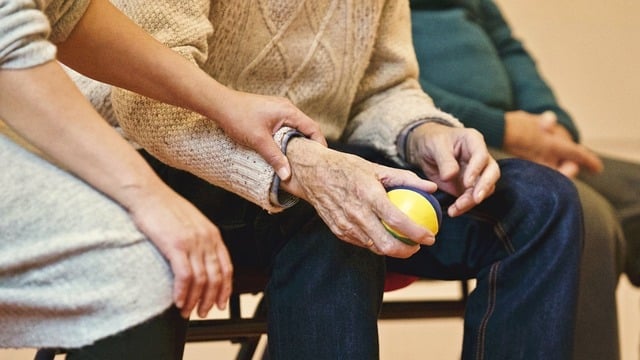Aging and illness eventually guide us toward life’s close; while this can feel overwhelming, knowing what to expect can offer comfort and reduce fear. Here’s a clear, human-paced look at the common physical changes that unfold, and how loved ones can respond with care and compassion.
1. Sleep Increases as Energy Falls

When the body is winding down, its metabolism slows dramatically. This leads to deep fatigue, and the person may sleep for long stretches, even during the day. The rest is natural and soothing; companions should let them sleep but gently encourage movement when awake to prevent stiffness and bedsores.
2. Appetite and Thirst Drop Off

It’s common for interest in food and drink to sharply decline. Digestive systems struggle, breathing issues may make eating uncomfortable, and overall energy needs drop. Instead of meals, offer light, easy-to-swallow items like yogurt or broth. Honor their pace; this is a natural step, not neglect.
3. Temperature Changes and Purple Skin

Blood flow slows; extremities cool, and skin may take on a blotchy, bluish-purple tone (known as mottling). Hands and feet may feel cold. Avoid heating pads; they can burn delicate skin. A soft blanket provides warmth without harm.
4. Breathing Shifts to Irregular Patterns

Breathing may follow cycles of fast breaths and pauses (Cheyne‑Stokes), or become gurgling or rattling as secretions build in the airways. Though unsettling, these patterns generally aren’t painful. Slight head elevation and gentle suction can ease the sounds and offer calm.
5. Confusion, Restlessness, Hallucinations

As oxygen and blood flow dip, confusion and agitation can set in; this might include hallucinations, visions, or anxiety. Rather than dismissing these experiences, listen with gentleness. Offer reassurance with calm words and a soft touch. Distraction, like music or photos, can also soothe.
6. Physical Twitching or Jerks

Involuntary muscle twitching or jerking (myoclonus) can occur near the end as nerve functioning changes. These movements are generally benign but can be unsettling. If distressing, medical staff may offer gentle sedatives to ease them.
Bringing Comfort During These Moments
- Be present: Often, the greatest gift you can offer is your presence and gentle touch.
- Comfort over cures: Soft blankets, soothing music, silence, or calm conversation bring more ease than clinical interventions at this stage.
- Listen to care providers: Hospice and palliative teams can guide you through symptoms like pain, breathing, or agitation.
- Honor their experience: If they ask for prayer, or music, or wish to revisit memories, take it in stride—these moments hold meaning.
- Care for yourself, too: Grief and weariness can overwhelm caregivers. Take breaks, accept help, and allow space to process emotions.
Death often comes quietly: breathing ceases, heartbeat stops. In the first hour afterward, bodies cool, become stiff (rigor mortis), and show pooling of blood (livor mortis). While the body’s outward signs tell a scientific tale, it’s the connection we offer that honors the inner life that has passed.


0 Comments